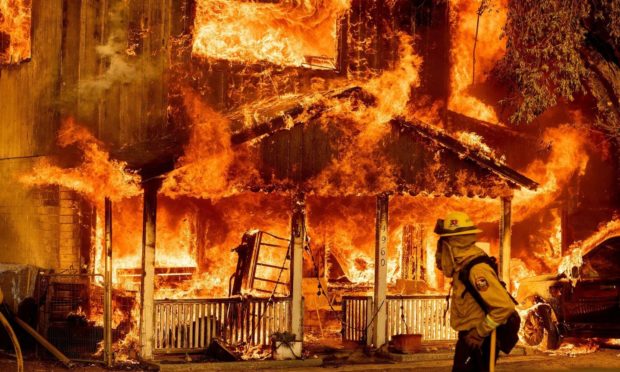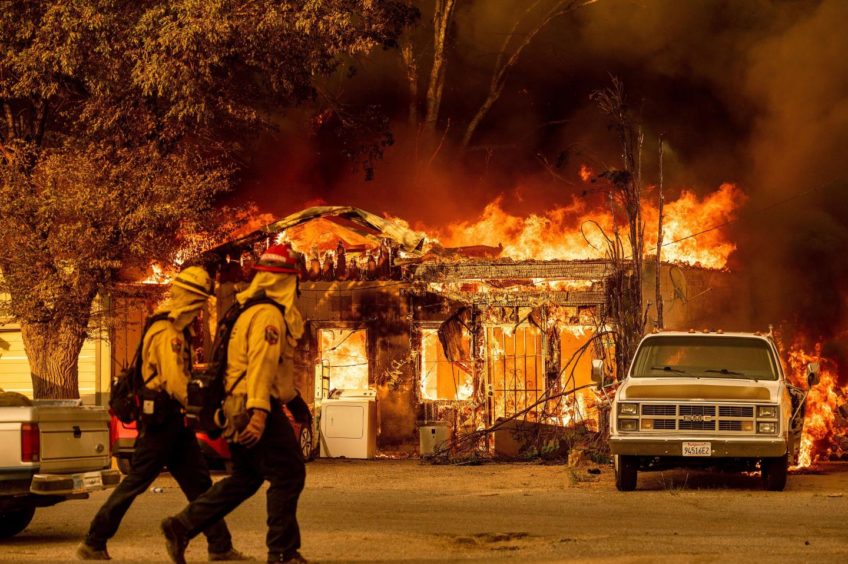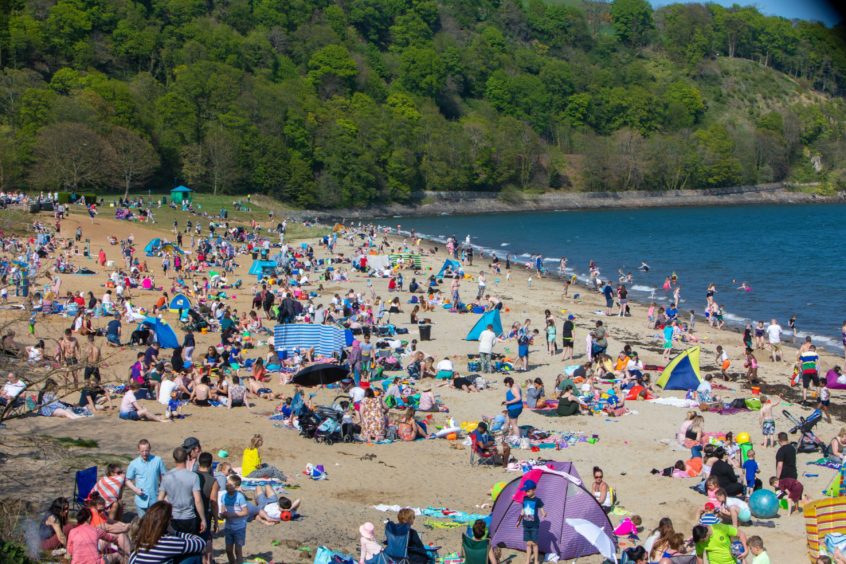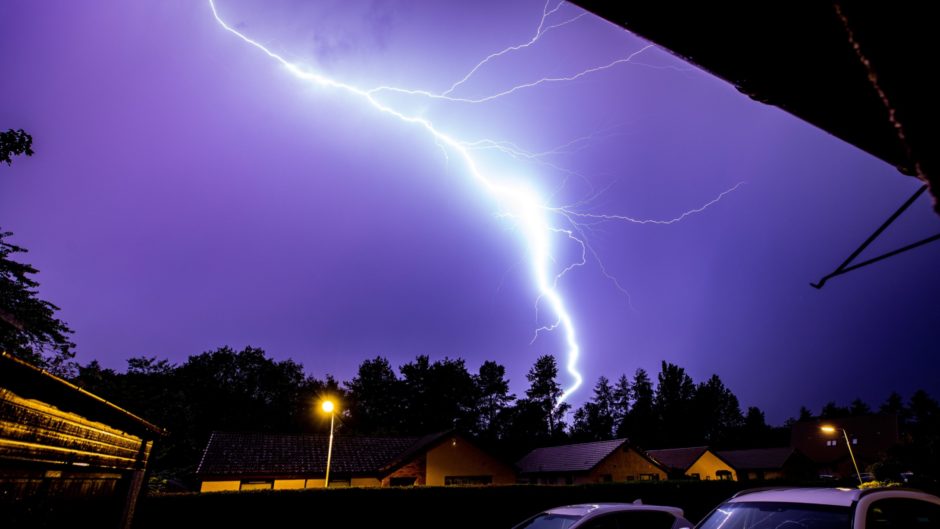Fife scientists behind the UN climate report report have warned of an “uncertain future” in the face of climate change.
Scientists worldwide contributed to the earth-shattering findings in the Intergovernmental Panel on Climate Change (IPCC) report.
Among them were Dr Michael Byrne and colleagues from St Andrews University.
“It is impossible to overstate the importance of this report,” said Dr Byrne.
“This new report presents yet more irrefutable evidence that human activities – primarily CO2 emissions – are changing the climate in unprecedented and dangerous ways.”
UN Secretary-General Antonio Guterres described the report as a “code red for humanity”.
Carbon dioxide levels in the atmosphere are higher than they have been in three million years.
And the report warned our planet could heat up by 2C unless carbon dioxide emissions are significantly cut.
In the last decade, Earth was hotter than it had been at any time in the last 125,000 years.
Meanwhile, this year has seen more devastation caused by flooding and wildfires.
And as the planet warms up, the likelihood of extreme weather increases.
Dr Byrne said the IPCC report is an urgent “call to action” for governments, institutions and individuals around the world.
His colleagues from St Andrews’ School of Earth and Environmental Sciences, Professor Rob Wilson and Dr James Rae, also contributed research.
“CO2 hasn’t been this high since three million years ago,” said Dr Rae. “A time with almost no ice on Greenland and West Antarctica, and sea level around 20 metres higher than today.”
Meanwhile, Prof Wilson said the warning signs have been around for decades.
“The ‘odd’ weather we are seeing – heatwaves, extreme storms etc – were predicted back in the 1970s.
“But, of course, politicians appear to be only able to act when predictions become a reality. We are now in that reality.
“Time is really running out before we head into an uncertain future where all of us will be impacted at some point.”
The IPCC’s sixth Assessment Report (AR6) is a crucial milestone in the run-up to COP26, the United Nations Climate Change Conference.
This year the global climate summit will take place in Glasgow from October 31 to November 12.



